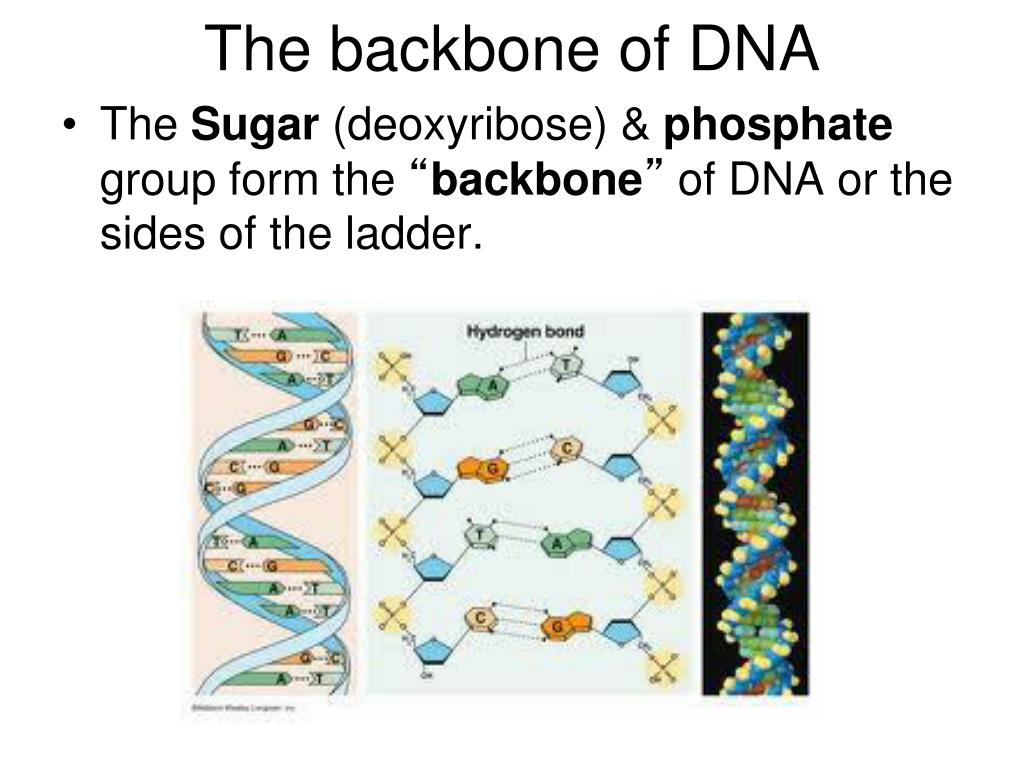

Schroeder CC-BY-SA 3.0Īmniotic eggs were a big deal. Diagram of a chicken egg in its 9th day-an example of an amniotic egg.
#PROTEIN BACKBONE VERSUS DNA PLUS#
The extra fluids encased in the amnion, plus the tough outer shell, provide extra protection too. Each membrane has a slightly different function but the addition of all these extra layers provided a conveniently enclosed, all-in-one life support system: an embryo can take in stored nutrients, store excess waste products and respire (breathe) without the need of an external aquatic environment. Prior to their arrival, most animals relied on water for reproduction, laying their eggs in ponds and other moist environments so that the eggs didn’t dry out.Īt some point, a different kind of egg began to evolve, which had three extra membranes inside: the chorion, amnion and allantois. These first came on the scene with the evolution of the first amniotes many millions of years ago. Image adapted from: Adolphe Millot CC0īut let’s focus on the type of bird's egg we recognise today. Eggs of all shapes and sizes exist throughout the animal kingdom. Technically speaking, an egg is simply the membrane-bound vessel inside which an embryo can grow and develop until it can survive on its own. This is a riddle we can unscramble with the tools of science-more specifically, the principles of evolutionary biology.Įggs are found throughout the animal kingdom. Thankfully, there’s no need to keep brooding over this forever. It’s that old riddle that’s sparked many arguments through the ages: was it the chicken or the egg that came first? It’s such a tricky question because you need a chicken to lay an egg, but chickens come from eggs, leaving us with an intractable circle of clucky, feathery life that apparently has no clear starting point.


 0 kommentar(er)
0 kommentar(er)
